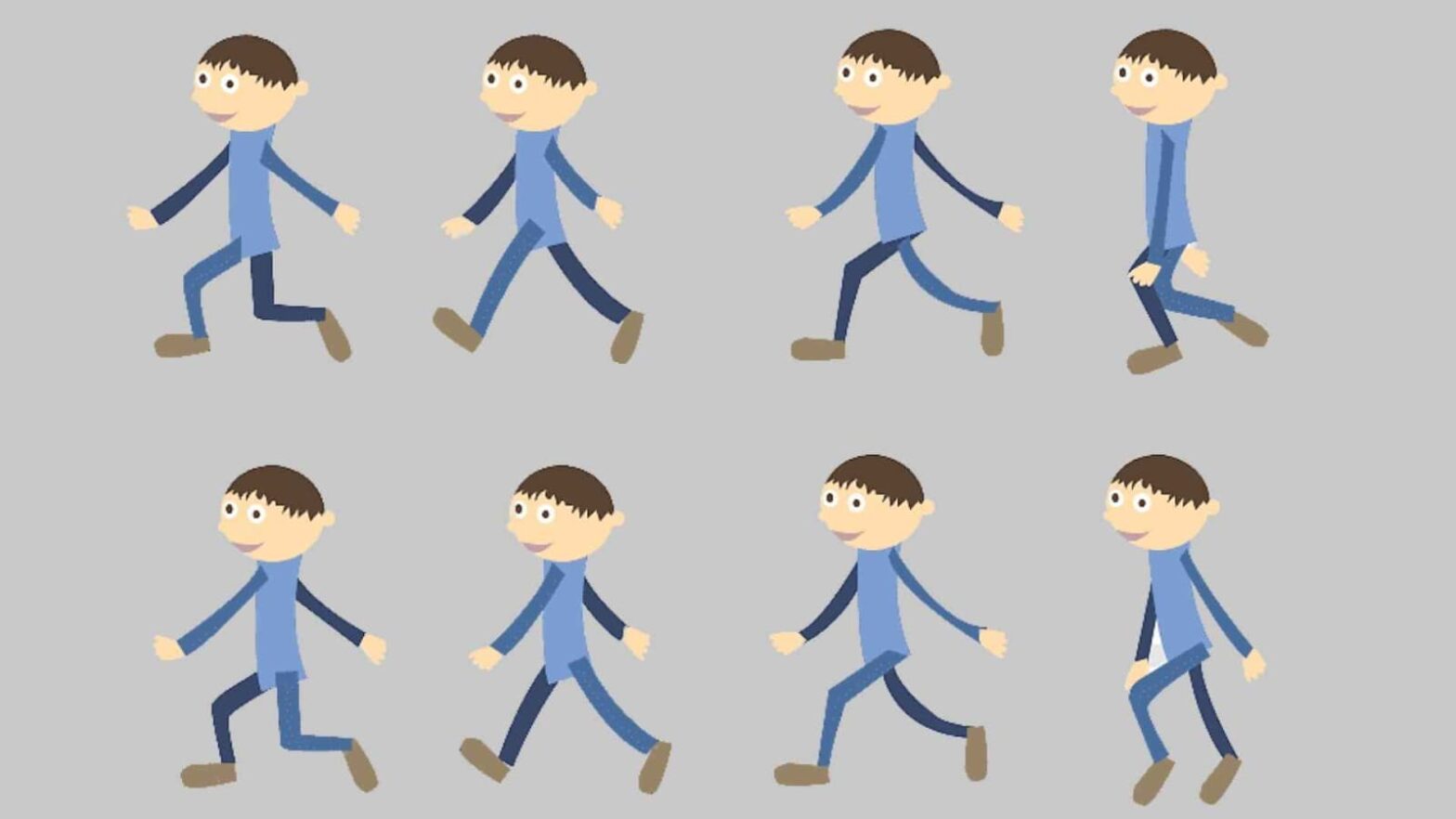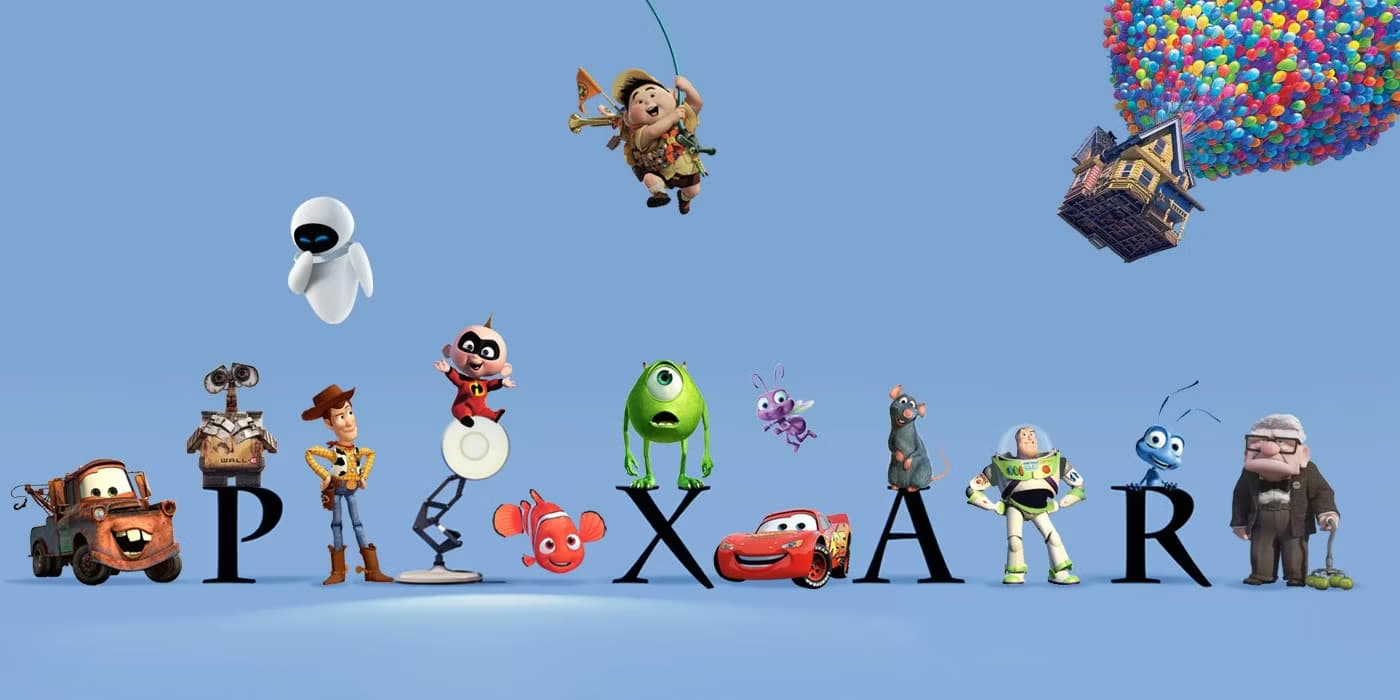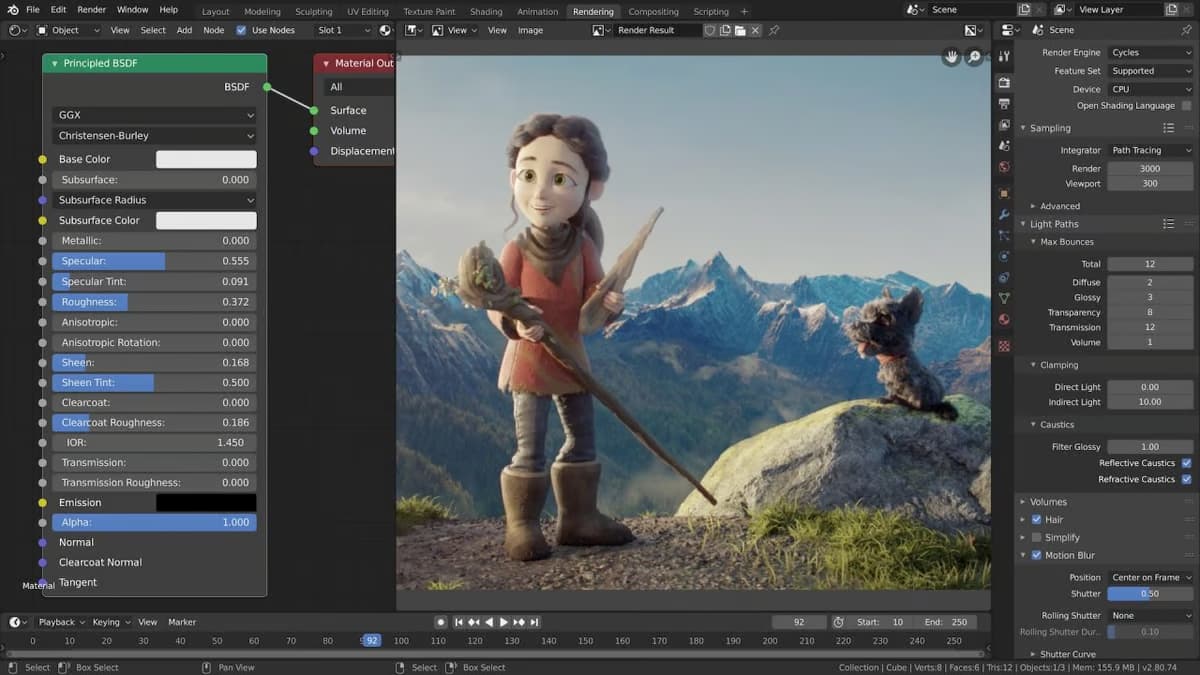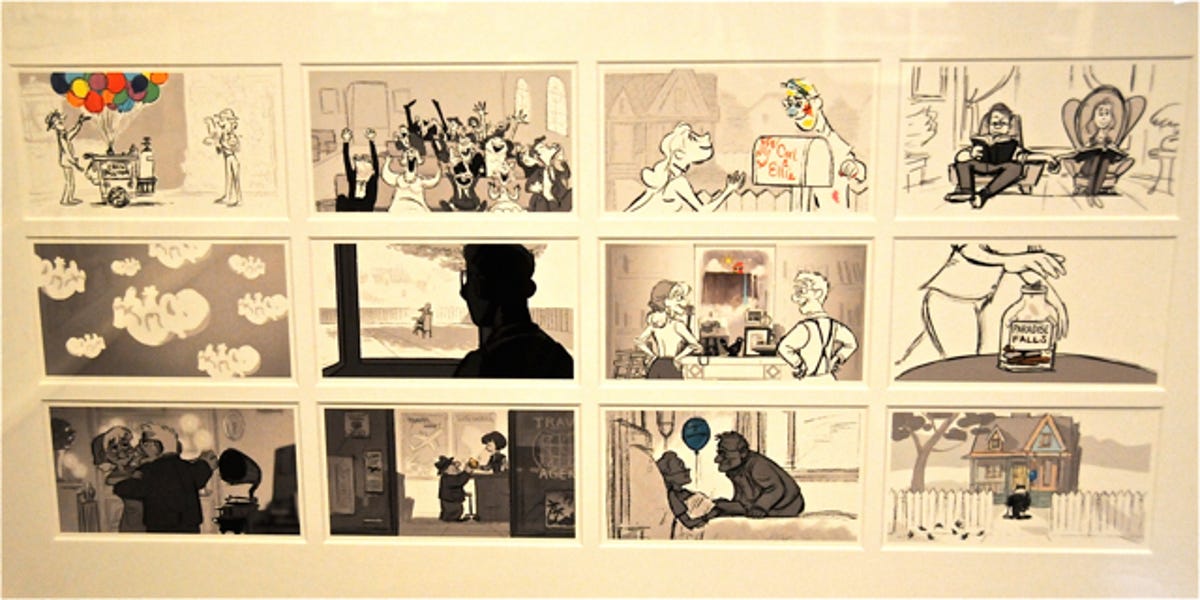At the onset of early cinema, before the advent of television, filmmakers faced a daunting task – manually filming the cameras. During this period, frame rates in cinemas typically varied from 16 to 22 frames per second (fps). It was an era of rapid technological advancement. One such addition was a new mechanism on the camera that determined the number of photographic images captured every second. This concept came to be known as frames per second, or fps.
Exploring FPS in Animated Films
Traditional 2D Animation
In the movie industry, 24 frames per second is a typical shooting frame rate. In the world of 2D animation, this translates to sketching a frame 24 times within a second. This might sound like a lot of work, but in scenes with minimal action, an animator can get away with using a single drawing for two frames. This process results in 12 unique drawings every second.
In animation jargon, this is known as “working on 2s.” When the action is static or slower-paced, it’s possible to work on 3s and 4s. This technique is common in Japanese animation and stop motion, where the same designs are often used across multiple frames. For faster-paced scenes, animators switch to “working on 1s,” keeping pace with the action-packed scene.
3D Animation
3D animation operates on different principles. A static 3D character, even for a frame, can appear unrealistic and cause the scene to look lifeless. This makes the concept of a “moving hold” tricky in 3D animation. To maintain the illusion of life, 3D animators must ensure constant movement.
A Spectrum of Frame Rates Across Different Media
Different media demand different frame rates. For instance, standard television images come in 30 frames per second (NTSC) for the United States and 25 frames per second (PAL) for Europe. As technology evolved and digitization took over, filmmakers and game developers gained the ability to construct playback frame rates ranging from 60 fps up to 120 fps for various productions.
The Great High Frame Rate Debate
But higher frame rates don’t always equate to better animation. Research suggests that the human eye can only process 10 to 12 images each second. While there’s no harm in animating at higher frame rates, issues arise when used inappropriately, especially when it interferes with the original artwork.
The Conflation of Frame Rates for Cost Efficiency In Production
Over time, animators found efficient ways to combine different counting techniques. For instance, working on 1’s for action sequences and 2’s for dialogues or simpler movements. In a time when budgets shrunk and deadlines became tighter, animators found ways to manage their time and resources. The technique of animating on 2’s at 30fps and 24fps became the industry standard.
Working on 1’s, 2’s, and 3’s
Animating on 3’s is usually employed for rest periods and transitions, or to create specific choppy effects. This suite of motion counters is widely used to enhance motion control and performance while curbing production time and costs.
FPS Influence on Gaming Experience
In video gaming, the frame rate significantly influences the gameplay experience. A higher frame rate often results in smoother gameplay, providing a more immersive experience. However, it’s also dependent on the hardware capabilities of the gaming device.
Future Trajectories of FPS in Animation
With technological advancements, the possibilities for FPS in animation are immense. From experimenting with ultra-high frame rates to optimizing CG rendering for lifelike animations, the future holds exciting prospects.
Comparative Table
| Animation Type | Standard FPS | Description |
|---|---|---|
| Traditional Cinema | 24 FPS | The film industry standard, providing a cinematic look. Many animations mimic this rate to achieve a film-like motion blur and atmosphere. |
| Television | 30 FPS (NTSC) / 25 FPS (PAL) | Standard for television broadcasting in North America (NTSC) and Europe (PAL). Offers a smoother appearance than cinema, used in live TV and animated TV shows. |
| High Frame Rate (HFR) Cinema | 48 FPS or higher | Used for a clearer, more lifelike presentation in modern cinema. Peter Jackson’s “The Hobbit” trilogy famously used 48 FPS, doubling the traditional cinema standard. |
| Video Games | 30 / 60 FPS | Video games often aim for a minimum of 30 FPS, with 60 FPS being a target for smoother gameplay. Higher-end gaming can go up to 120 FPS or more on advanced displays. |
| Web Animations | 15-30 FPS | Web animations, including GIFs and CSS animations, often use lower frame rates to reduce file sizes and loading times, typically ranging from 15 to 30 FPS. |
| Stop Motion | 12-24 FPS | Stop motion animation can use “on twos” (12 FPS) to mimic traditional cinematic motion or go up to 24 FPS for smoother movement. |
| Animation Software (e.g., Adobe Animate, Blender) | Variable | Animation software allows for a wide range of FPS settings, often adjustable according to the project’s requirements, from low FPS for stylistic choices up to 60 FPS or more for high-quality renders. |
Video Guide
To answer all your questions, we have prepared a video for you. Enjoy watching it!
Conclusion
Frame rate, or FPS, plays a crucial role in the world of animation and cinema. Whether working with traditional 2D animation, 3D, or stop-motion, understanding and manipulating frame rates is critical. From the days of manually filming cameras to working in the digital realm, FPS continues to be a key factor in creating compelling animations and impactful storytelling.



